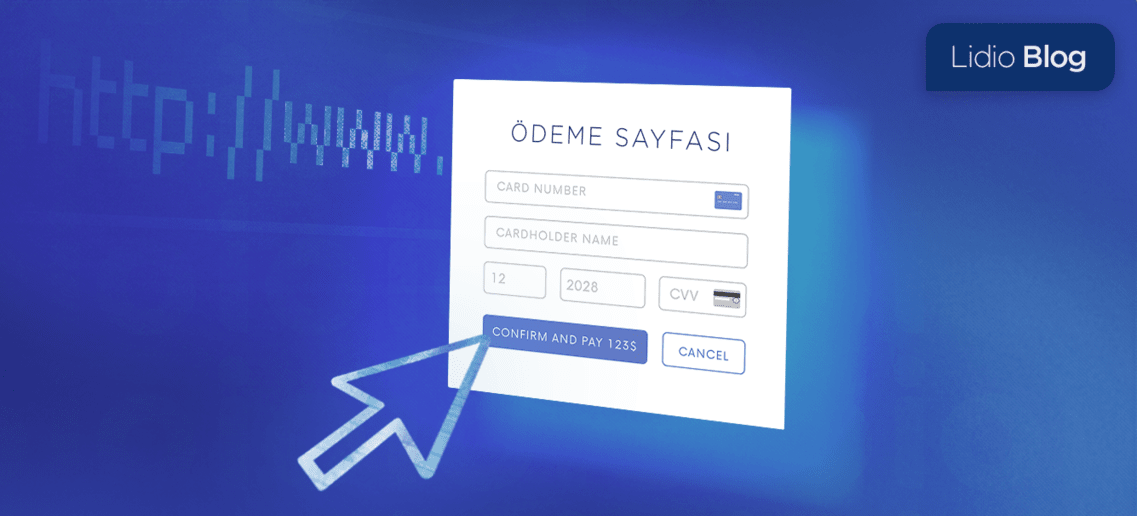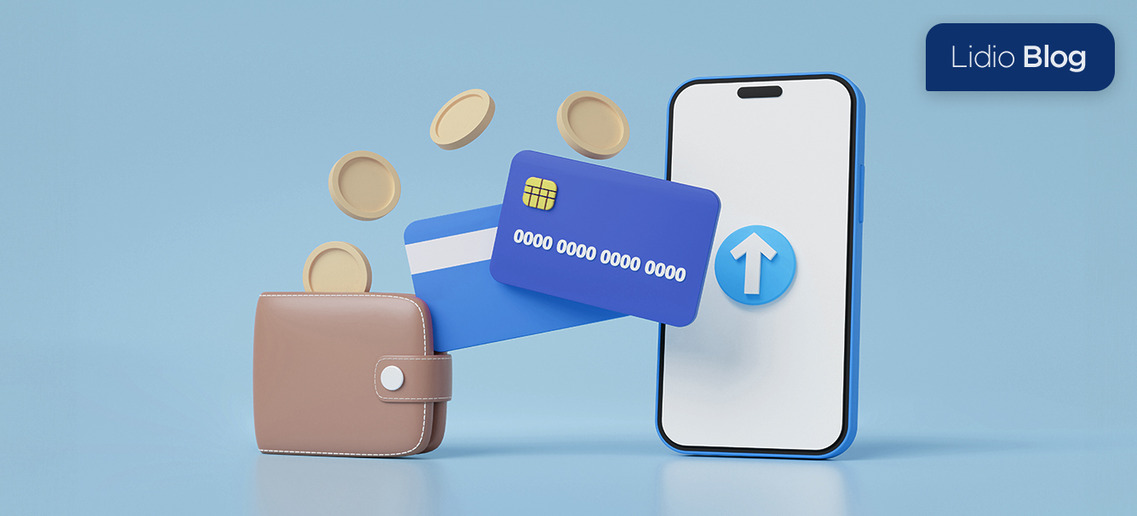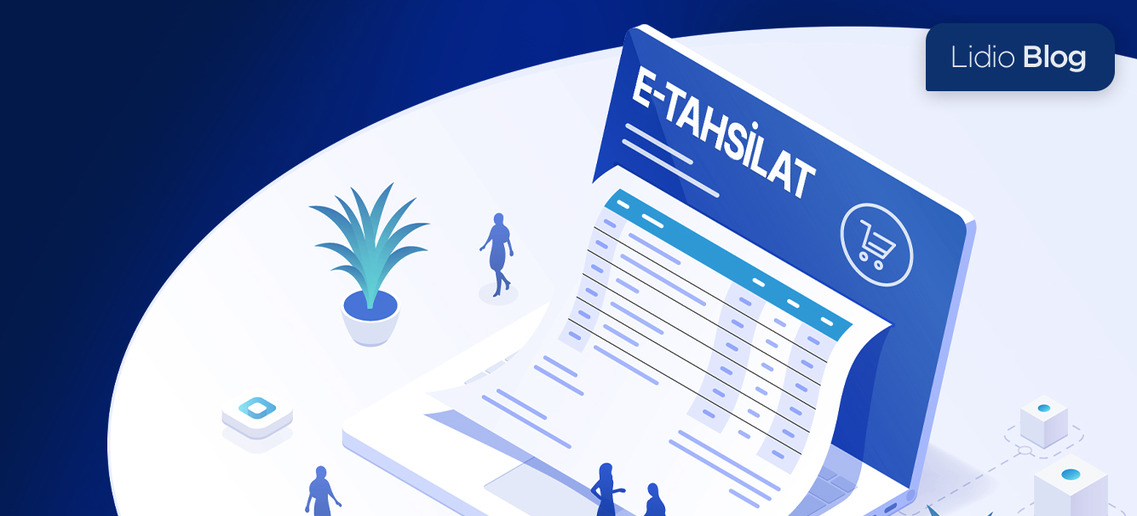
Tek Tıkla Ödeme Nedir E-Ticarette Dönüşüm Oranlarını Artırmanın Yeni Yolu
Tek Tıkla Ödeme Nedir E-Ticaret’te Dönüşüm Oranlarını Artırmanın Yeni Yollarını Keşfedin...
Uluslararası ödemeler nasıl gerçekleştirilir, hangi yöntemler kullanılır öğrenmek için blog yazımıza göz atın!

İnternetin gelişmesi ve e-ticaretin yaygınlaşmasının bir sonucu olarak ödeme yöntemlerinde de önemli değişiklikler ortaya çıkar. Son yıllarda büyük hız kazanan ödeme yöntemlerinden biri de “Cross Border Payments”, yani Türkçe karşılığıyla uluslararası ödemelerdir. Peki, uluslararası ödemeler ne anlama gelir? Uluslararası ödemeler, alacaklı ve satıcının farklı ülkelerde bulunduğu işlemlerde kullanılan ödeme yöntemleridir. Bu yöntem, ülkeler arasında para transferi yapmak isteyen kişiler, şirketler veya bankacılık kurumları arasında gerçekleşir. Uluslararası faaliyet gösteren kişi veya kurumlar için hedefledikleri tüm ülkelerde gerçekleştirdikleri satışlardan gelecek ödemeleri sorunsuz bir şekilde alabilmeleri önemli bir konudur. Uluslararası ödemelerinizi gerçekleştirirken doğru iş ortağını seçerek işinizi nasıl büyütebileceğinizi ve küresel ticaret ekosistemini daha iyi nasıl kullanabileceğinizi görmek istiyorsanız detayları yazının devamında bulabilirsiniz.
Ürünlerinizin satışını yaparken uluslararası ödeme ağ geçidi sunan ve kısaltması PSP (Payment Service Provider) olan ödeme hizmeti sağlayıcısı ile çalışmanız en doğrusudur. Bir ödeme ağ geçidi, ödeme ağındaki kullanıcılar arasında geçiş görevi görür. Böylece ödemelerin satıcı, müşteriler ve alıcı banka arasında güvenle aktarılmasına izin verir. Ödeme hizmeti sağlayıcıları, aynı zamanda ödemeleri doğrulayarak ilgili taraflar arasında aktarılan hassas finansal verilerin şifrelenmesini sağlar. Entegre etmeyi seçtiğiniz ödeme ağı geçidinin, yeni pazarlara ulaşma olasılığınızı artırmak için farklı ödeme para birimlerini kullanıyor olması çok önemlidir. Kart işlemleri için lokal ödeme çözümleri ve yerel para birimlerini kullanmanız daha iyi kabul oranları sağlama potansiyeline sahiptir. Bunun en büyük nedeni ise tüketicilerin çevrim içi alışveriş yaparken kendi para birimlerinde tahsil edilecek son fiyatı görmek istemeleridir. Bu talebi karşılamak için ödemeleri kabul etmek istediğiniz ülkelerde birden fazla banka hesabı oluşturabilirsiniz. Ancak, bu yöntem biraz maliyetli olabilir. Bunun yerine uluslararası ticaret alanında deneyimli bir PSP ile iş birliği yapabilirsiniz. Uluslararası ticaret yaparken tüketiciler için daha iyi bir kullanıcı deneyimi sunabilmenizin birkaç yolu vardır. Küresel ticaret stratejinizi başarılı bir şekilde uygulamak için aşağıdaki ipuçlarından yararlanabilirsiniz: • Popüler Lokal Ödeme Seçenekleri Sunun Faaliyet gösterdiğiniz bölgede hangi ödeme yöntemlerinin popüler olduğunu mutlaka araştırmalısınız. Örneğin bazı ülkelerde kredi ve banka kartları tercih edilirken bazı ülkelerde alternatif ödeme yöntemleri tercih edilebilir. Çeşitli ülkelerde yaygın olan e-cüzdanlar buna örnek gösterilebilir. Bu lokal tercihleri göz ardı etmek potansiyel müşterileri kaybetmenize neden olabilir. • Yerel Bir Ortakla Çalışın Yerel ortaklarla birlikte çalışmak; o bölgenin kültürü, sosyal yapısı, çalışma gelenekleri ve tüketici tercihlerinin yanı sıra lojistik, altyapı ve mevzuat hakkında bilgi sahibi olmanıza yardımcı olur. • Yerel Dili Benimseyin Çok dilli müşteri hizmetleri sunmanız müşteri sadakatini artırır. Müşteriler onlara kendi dillerinde hitap edilmesinden hoşlanır ve böylece kendilerine değer verildiğini hissederler. Dünya genelinde en çok kullanılan dilleri tercih etmeniz müşteri potansiyelinizi artıran bir diğer önemli faktördür.
Kredi kartı ödemeleri, banka havaleleri ve alternatif ödeme yöntemleri günümüzde yaygın olarak kullanılan uluslararası ödeme yöntemleridir. Müşteriler, alışveriş esnasında kendilerine özel seçenekler sunulmasını ve ödeme verilerinin güvenli bir şekilde işleneceğinden emin olmak isterler. Bu nedenle farklı ve güvenilir ödeme yöntemleri tercih etmek müşterilerinizin ilgisini daha fazla çekebilir. Örneğin AB tarafından kabul edilen PSD2 (Payment Services Directive) yani Ödeme Hizmetleri Kanunu çerçevesinde müşterilerinize daha güvenli ve rekabetçi bir ödeme sistemi sunabilirsiniz.
Uluslararası banka havalesi yapmak için ödemeyi alan kişi hakkında bazı kişisel bilgilere, Uluslararası Banka Hesap Numarasına (IBAN) ve Banka Tanımlama Koduna (BIC) ihtiyacınız vardır. Farklı bir ülkede bulunan bir e-ticaret sitesinden alışveriş yapan bir tüketici; işlemin büyük kısmı satıcı ve karşı tarafın ödeme hizmeti sağlayıcısı tarafından yapılacağı için işlemi tamamlama adına çok az efor sarf eder. Uluslararası ödeme mekanizmaları biraz karmaşık olabilir. 90’ın üzerinde farklı ödeme çözümü ile uluslararası ticarete katkı sağlayan Lidio, güvenli kart saklama ve milyonları bulan başarılı işlem kapasitesi ile sınır ötesi ticaret yapmak isteyenlere büyük kolaylık sağlar. Bu nedenle uluslararası ticarette her türlü zorluğun üstesinden gelmek için Lidio ile iş birliği yapmanın tam sırası. Ödemelerinizi ne denli serbestleştirebildiğinizi görünce siz de Lidio kalitesine hak vereceksiniz!

Tek Tıkla Ödeme Nedir E-Ticaret’te Dönüşüm Oranlarını Artırmanın Yeni Yollarını Keşfedin...

CVV Kodu Nedir? Neden önemlidir? Öğrenmek için blog yazımızı zirayet edin!...

Provizyon Nedir? Provizyon Ne İçin Kullanılır? Öğrenmek için blog yazımızı ziyaret edin!...

QR Kod Nedir? QR Kod Ne İçin Kullanılır? Öğrenmek için blog yazımızı zirayet edin!...

Linkle ödeme nedir, linkle ödeme sistemi nasıl çalışır, avantajları nelerdir, ve linkle ödeme nasıl alınır merak ediyorsanız detaylı bilgi için blog yazımızı okuyun!...

Ödeme sistemleri, online mağazalarınızda müşterilerinizden ödeme almak için kullanılan finansal teknolojilerin tümüne verilen addır. Detaylı bilgi için web sitemizi ziyaret edin!...

Ödeme sayfası nedir, sayfa güvenliği nasıl anlaşılır, ödeme sürecinin güvenli olduğundan emin olma yolları nelerdir hakkında detaylı bilgi için blog yazımızı okuyun. ...

Startup Nedir? Startup nasıl kurulur öğrenmek için blog yazımızı zirayet edin!...

Check Out Nedir? Neden önemlidir öğrenmek için blog yazımızı zirayet edin!...

Dijital Cüzdan Nedir? ? Neden önemlidir öğrenmek için blog yazımızı zirayet edin!...

E-Tahsilat Nedir? E-Tahsilat Ne İçin Kullanılır? Öğrenmek için blog yazımızı zirayet edin!...

İnternet alışverişinde tüketicilerin hakları nelerdir, kabul edilen sözleşmeler neyi ifade eder detayları ile öğrenmek için blog yazımıza göz atın!...

Sanal POS hakkında tüm bilmeniz gerekenler: Öğrenmek için blog yazımıza göz atın!...

Sepeti terk etme oranları işletmeler için neden önemlidir, nasıl minimize edilir öğrenmek için blog yazımıza göz atın!...

Geleneksel ödemelerden açık bankacılığa finansal serbestleşme nedir ve neden önemlidir öğrenmek için blog yazımıza göz atın!...

Uluslararası ödemeler nasıl gerçekleştirilir, hangi yöntemler kullanılır öğrenmek için blog yazımıza göz atın!...

Ödeme alma sürecinde tahsilatları tek ekrandan yönetmek işletmelere ne gibi avantajlar sağlar öğrenmek için blog yazımıza göz atın!...

ERP nedir, POS ve hesap hareket takibi nasıl yapılır öğrenmek için blog yazımıza göz atın!...

Issuer, Acquirer ve PSP kavramları nelerdir, PSP seçimi neden önemlidir öğrenmek için blog yazımıza göz atın!...

İnternetten yapılan alışverişlerde dolandırıcılığa karşı kullanılan güvenlik önlemleri nelerdir öğrenmek için blog yazımıza göz atın!...

E-ticarette online satış yapmanın püf noktaları nelerdir, tüketici deneyimi nasıl iyileştirilir öğrenmek için blog yazımıza göz atın!...

Açık bankacılık nedir, işletmelere nasıl avantajlar sağlar öğrenmek için blog yazımıza göz atın!...

Güvenli online alışverişin şifresi: 3D Secure Ödeme nedir, ne işe yarar öğrenmek için blog yazımıza göz atın!...

Kredi kartı, kapıda ödeme, havale/kredi, mobil ödeme gibi alternatif ödeme yöntemleri nelerdir, nasıl kullanılır öğrenmek için blog yazımıza göz atın!...